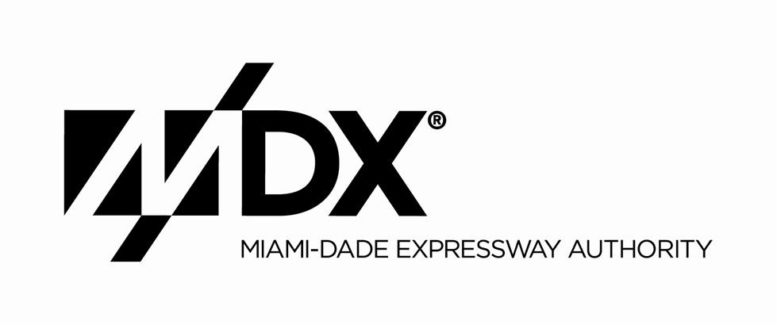 The Miami-Dade Expressway Authority’s has begun work on an $880 million five-year program of infrastructure projects to improve traffic flow and eliminate bottlenecks throughout the system.
The Miami-Dade Expressway Authority’s has begun work on an $880 million five-year program of infrastructure projects to improve traffic flow and eliminate bottlenecks throughout the system.
According to the Washington Economics Group this major investment in the county’s transportation infrastructure will have a $1.5 billion impact on the economy. This investment will improve greatly Miami-Dade’s business climate, which in turn will attract higher-wage jobs, providing growing household incomes and a higher standard of living for the county’s residents.
The projects in the work program will contribute to the South Florida economy by supporting more than 10,400 local jobs, and alleviate congestion on critical eastwest expressways. The development, design and construction of these transportation infrastructure projects will improve mobility in Miami-Dade County for generations to come.
One of the first projects to begin construction will be improvements to State Road 836/Dolphin Expressway between NW 57th Avenue and NW 17th Avenue. This project will add an additional dedicated traveling lane for eastbound and westbound traffic, while making crucial improvements to interchanges at NW 57th Avenue, NW 42nd Avenue and NW 27th Avenue. MDX also will widen and improve the connections of SR 836 with I- 95, including the widening of the bridge over the Miami River and enhancements to the interchange of SR 836 and NW 87th Avenue in the Doral area. When these projects are completed, a once aging SR 836 will be completely widened and rebuilt.
“Our mission at MDX is to move people and goods to their destination safely and in a timely manner,” said Mario Diaz, public information manager for MDX. “Delivering projects that improve the flow of traffic and reduce congestion is critical for a major metropolitan county such as ours, with 2.6 million residents and 14.2 million visitors using our transportation infrastructure every year. Mobility translates into commerce and jobs in our community. “According to the Greater Miami Convention & Visitors Bureau, visitors spent more than $22.8 billion in our community last year alone,” Diaz said. “Transportation efficiency is an important factor for businesses when considering where to locate. The ability of South Florida to attract new businesses and new jobs to our region is very dependent on our transportation infrastructure.”
In the next five years, 85 percent of the infrastructure projects will be dedicated to improving capacity and traffic flow on SR 836, which is the most important east-west expressway in the county facilitating 700,000 trips on a daily bases. SR 836 carries a substantial portion of the labor force that helps sustain the county’s economy to and from some of our most important employment centers on a daily basis.
Many residents use SR 836 to commute to the Doral warehouse district; Miami International Airport; the civic center area containing Jackson Memorial Hospital, the University of Miami Hospital and the Justice Building; Miami-Dade County Government Center; Downtown Miami; the Brickell Avenue financial and legal corridor; the Port of Miami, and Miami Beach. These improvements to SR 836 will play a vital role in connecting most of the counties employment and economic generators, that otherwise would be out of financial reach with state or county funding alone.
MDX was established in 1994 to ensure that toll money collected locally was used to fund local transportation improvements needed to support the county’s then decaying infrastructure and highway system. Customers that used the system, provide MDX with its only source of funding. The agency does not receive any financial support from county, state or federal governments. These tolls are reinvested back into the MDX system to maintain, operate and improve the system to meet the transportation needs of a growing metropolitan community.
Prior to the establishment of MDX, revenue collected in Miami-Dade was shared with counties statewide. Without these user fees paid by the motorists who use the highways, the region’s transportation infrastructure would not be able to keep pace with population growth limiting our ability to create new economic opportunities. For more information on MDX, visit <www.mdxway.com>.






